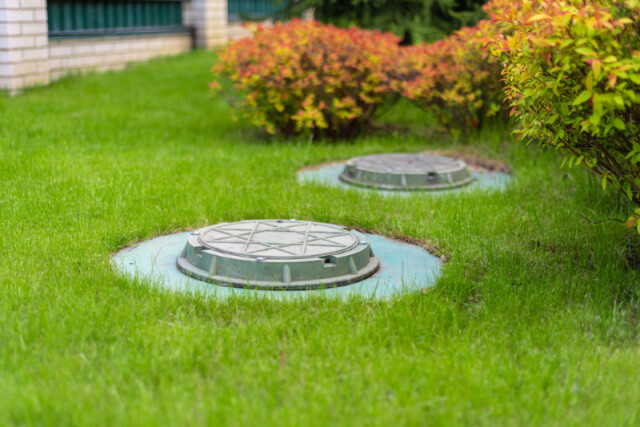Common Septic System Terms

SEPTIC TANK: A septic tank is made of concrete, plastic, fiberglass, or steel. A septic tank is used at the beginning of the septic system and is designed to separate and hold the solid matter of sewage flowing from the house.
SEPTIC TANK RISER: An extension of the septic tank used to bring access to grade level or higher for easy access to the tank. Risers can be added to an existing septic tank. Most new installations require tanks to have risers to above or grade level.
DISTRIBUTION BOX: A structure that is most commonly made of concrete or plastic which is in the ground following your septic tank but before the secondary treatment. Depending on the type and age of the septic system will determine how many distribution boxes you have.
SECONDARY TREATMENT: The treatment component of your septic system. Filter beds, leach beds, leach trenches, or mounds are all types of secondary treatment.
DIVERTER OR SPLITTER BOX: A structure that is commonly made of concrete or plastic. It generally has an elbow in it that allows you to divert effluent water from one area to another in your secondary treatment.
INFLUENT: Raw, untreated sewage and wastewater which flows into a septic tank
EFFLUENT: Wastewater which flows out of a septic tank or system.
EFFLUENT FILTER: A cartridge or screen typically made of plastic that has small openings that blocks solids and allow liquids to flow through. The filter is located in the outlet of the septic tank.
SCUM LAYER: The top layer in the septic tank which is primarily fats, oils and greases.
SLUDGE LAYER: The bottom portion of the septic tank that is primarily solids.
VENT PIPE: A vertical pipe that can be found on your roof, most commonly made of plastic or steel and is connected to a pipe from the septic system that allows displaced air from water usage to flow out to the atmosphere.
